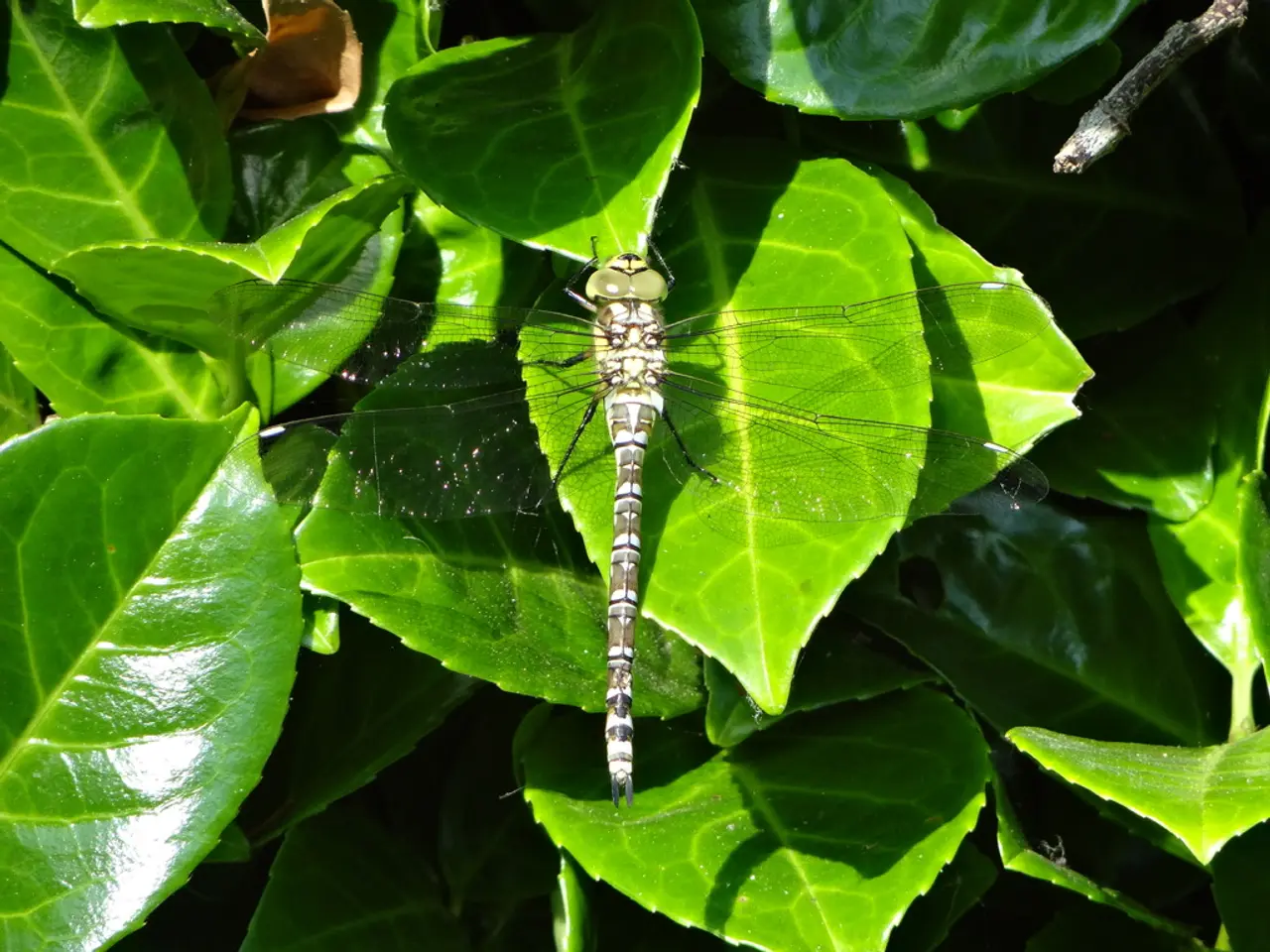Chikungunya: An Overview of the Disease
Chikungunya, a viral disease, has become a significant public health concern in many parts of the world. The name "Chikungunya" comes from a word in the Makonde language, meaning "to become contorted," which refers to the stooped appearance of those suffering from the disease due to severe joint pain.
The disease is primarily transmitted to humans through the bite of infected mosquitoes, particularly the Aedes aegypti and Aedes albopictus species. These mosquitoes are found predominantly in tropical and subtropical regions, thriving especially in warm, humid environments and areas with standing water. Aedes albopictus has also adapted to cooler temperate zones but is mainly active in moist, warm climates.
Anyone can contract Chikungunya, but certain groups are at a higher risk, including individuals living in or traveling to endemic areas, people with weakened immune systems, older adults, and pregnant women. The most common symptoms associated with Chikungunya include fever, severe joint pain, muscle pain, headache, rash, and fatigue.
Diagnosing Chikungunya can be challenging due to its symptoms, which often resemble those of other viral infections. Recognizing symptoms and using laboratory tests are necessary for a definitive diagnosis. If you suspect you have contracted Chikungunya, it is essential to consult a healthcare professional, especially if you experience severe symptoms or if you belong to a high-risk group.
While most people recover from Chikungunya within a week, some may experience lingering joint pain and fatigue for months or even years. There is no specific antiviral treatment for Chikungunya, but several treatment options can help alleviate symptoms and improve the quality of life for those affected.
Community awareness and prevention play a vital role in controlling Chikungunya transmission. This includes measures such as eliminating standing water around homes, using mosquito nets, and ensuring that homes are equipped with screens on windows and doors.
Chikungunya can be transmitted from mother to child during childbirth or through blood transfusions, although these cases are rare. It's crucial to take necessary precautions, especially for individuals who fall into high-risk categories or live in endemic areas.
Environmental factors such as climate, urbanization, and seasonality can influence the transmission of Chikungunya. As the world continues to urbanize and climate patterns shift, it's essential to remain vigilant and take proactive steps to prevent the spread of this disease.
In conclusion, understanding Chikungunya and the role of mosquitoes in its transmission is crucial for public health. By taking preventative measures and seeking medical attention when necessary, we can help control the spread of this viral disease and protect ourselves and our communities.








